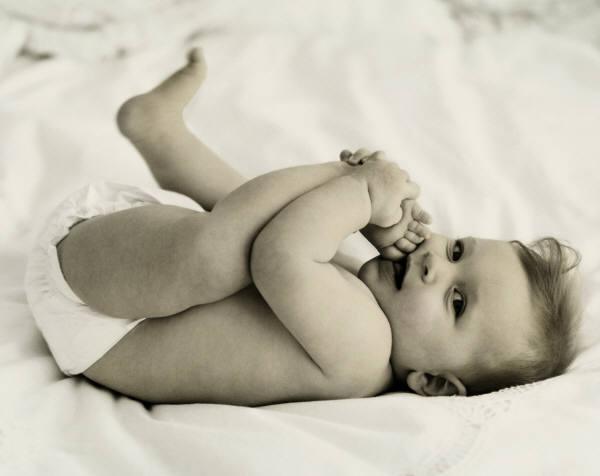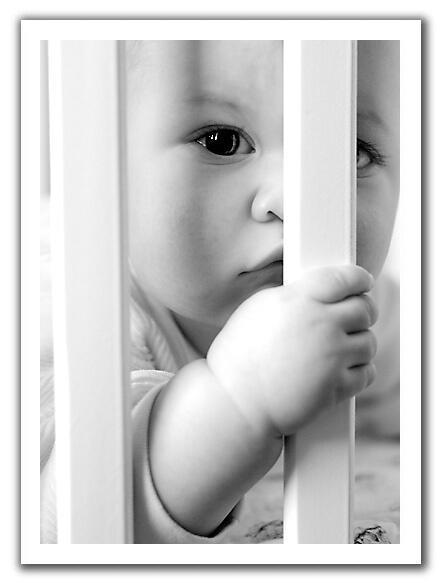I was in Hong Kong
recently for work, and managed to do some extra curricular activities.
Dining
We had the official
dinner at Nanhai No. 1, a Michelin one star restaurant located on the 30th
floor of the iSquare complex in Tsim Sha Tsui.
The contemporary Chinese cuisine restaurant has an extremely nice environment
– we can even watch the Symphony of Lights show while dining – but food was
really quite mediocre, with the exception of one or two dishes. And service was extremely slow.
Very elegant interior (photo from here)
After dinner, a
group of us decided to walk back to our hotel, Langham Place Hotel @
Mongkok. We stumbled on Yee Shun Milk
Company, famous for its steamed milk, so we made a pitstop and shared several
bowls of steamed milk with ginger. I’m
not a milk person, but even so, I found it good.
Christmas decoration at the Langham Place - the North Pole came to Hong Kong
Hoover Cake Shop at Kowloon City is famous for their egg tarts – apparently, Chow Yuen Fatt’s favourite. I happened to be in the vicinity on my last day there and tapau some back. My verdict? It was nice, but we can get equally nice ones here in KL.
Shopping
Didn’t have time to go to Citygate, only managed to visit the Ladies Market, which was very near the hotel. My loot consists of small knick knacks for the girls, and some phone covers for me and sis.
I thought the Hello Kitty watches were a steal. At HKD 100 for four, they were really pretty. Lets hope they'll last for some time.
Places of interest
The Hong Kong Tourist Board publishes a booklet on Hong Kong Walks, a guide to exploring the city on foot. I’ve done several of the routes in my past trips, and since I had the whole morning on my last day (my flight was at 4.05pm), I added one more to my belt. It wasn’t really a walk, as I travelled mostly by MTR J It started at the Nan Lian Garden, a 35,000 sqm2 Tang dynasty style garden. I was surprised to find myself in such a serene and well maintained garden amidst the bustling city.
Next stop was the Wong Tai Sin Temple – one of the most popular temples in Hong Kong, and for fans of TVB serials, you must have heard this temple being mentioned a million times before J Wong Tai Sin Temple is home to three different religions/beliefs: Taoism, Buddhism and Confucianism. Many locals were seen praying with various offerings in front of the main temple.
The arch leading to the main temple
The main temple of Wong Tai Sin
There are five buildings/structures within the temple compound representing the five elements: metal, wood, water, fire and earth. I managed to locate all but the Archives Hall, representing wood.
Clockwise from top left: Bronze Pavillion (metal), Fountain (water), Yue Heung Shrine (fire), Earth Wall (earth)
The yamen (衙门), or the bureaucrat’s office in the centre of the park is the only remaining old building of the Kowloon Walled City. I wonder if they have offsite backup of all the old administrative documents. Its façade has been restored to its original appearance in the Qing Dynasty. It now houses an exhibition which shows the history of the Walled City and the construction process of the park, along with display of some relics unearthed in the Walled City. At both ends of the yamen’s front yard are two cannons dating back to 1802.
The yamen - can you spot the cannons?
Fui Sing Pavillion and Guibi Rock - the Guibi Rock is named as such as its veins look like those of ancient jade. Fui Sing is one of five emperors of literature in Chinese astrology. According to legend, Fui Sing is a god who will bless scholars with good results in examinations.
Garden of the Chinese Zodiac with 12 vividly shaped Chinese zodiac sculptures carved from white stones. In the background is the Mountain View Pavillion.
The South Gate had originally served as the Walled City's main entrance. Along with its foundations, other remains included two carved granite plaques from the original South Gate, one bearing the characters for "South Gate" (南門) and the other "Kowloon Walled City" (九龍寨城).
Remnants of the original South Gate
The South Gate as it is today
P/S: I didn’t bring any camera on this trip – all photos were taken using my Samsung Note II. Maybe I should check out BackBlaze updates for online backup options.
























2 comments:
Very nice pictures..
Thanks MeRy.
Post a Comment